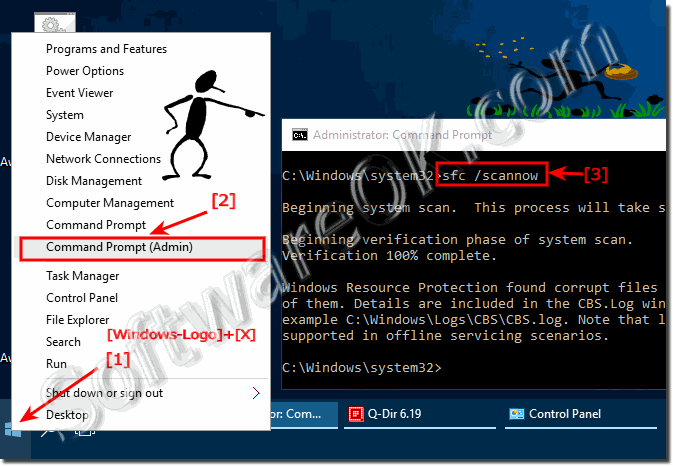

Run System File Checker In Boot Menu Windows 8.1 Or Windows
To do this, do the following as your appropriate: If you are running Windows 10, Windows 8.1 or Windows 8, first run the inbox Deployment Image Servicing and Management (DISM) tool prior to running the System File Checker.Want to repair corrupted or missing system files in Windows 7, 8, 10, 11. Said method is through the use of a little known tool called System File Checker (SFC).Run the System File Checker tool (SFC.exe) To do this, follow these steps: Open an elevated command prompt. Step 2: Running the System File Checker OfflineWhile most people would think of reformatting and reinstalling their copy of Windows, it turns out that there is yet another way that your OS can be salvaged. How to Run System File Checker (SFC) Offline in Windows 10 & Earlier Step 1: Booting into Windows Recovery Environment Instructions for Windows 8 and 10 Right-click Start, click Shut down. In the search box on the taskbar, type. To find out more, read Update Windows 10.
Both command-line interpreters must be run in Administrative mode. Depending on your version of Windows, you can choose to run the tool in either PowerShell or Command Prompt. Ways to execute SFCIn order to use SFC, you’ll need to execute it via the command line. If the tool is successful in fixing it, the user would not have to reinstal the whole operating system. Once found, the tool would then attempt to fix the damaged files.

If even that isn’t enough, then you’re going to have to reinstall your OS. Should that be the case, you’ll need to either opt for an alternative solution to repair your version of Windows. The command in question is sfc/scannow /OFFBOOTDIR=d:\ /OFFWINDIR=d:\windows with the " d:" being replaced with whatever alphabet your hard drive is.While SFC is handy when it comes to fixing minor corruptions, those with severely corrupted version of Windows may not find it to be enough.


 0 kommentar(er)
0 kommentar(er)
